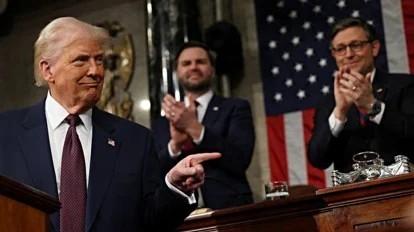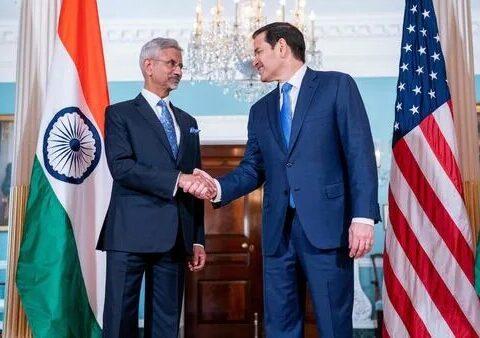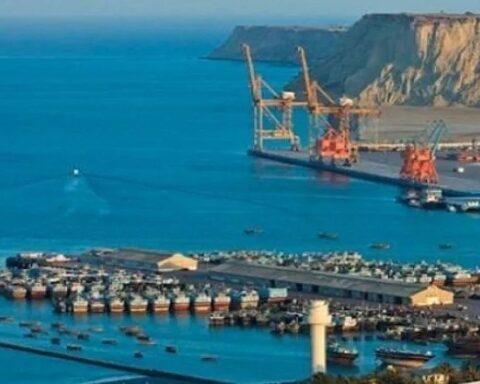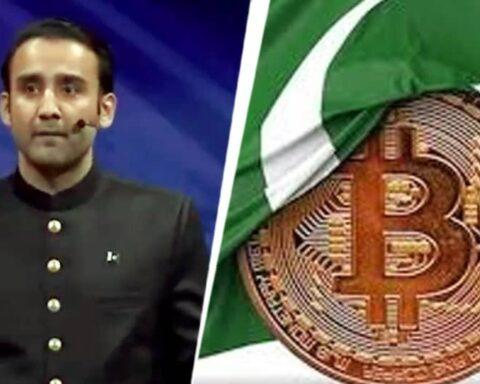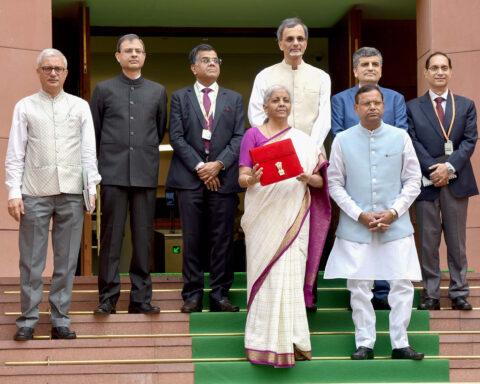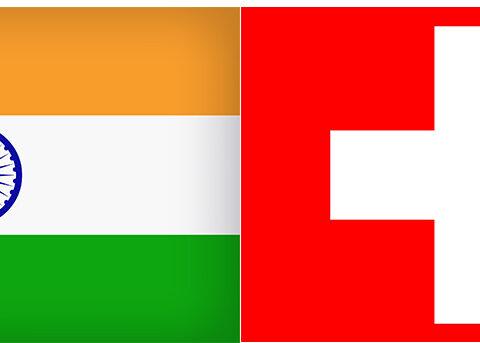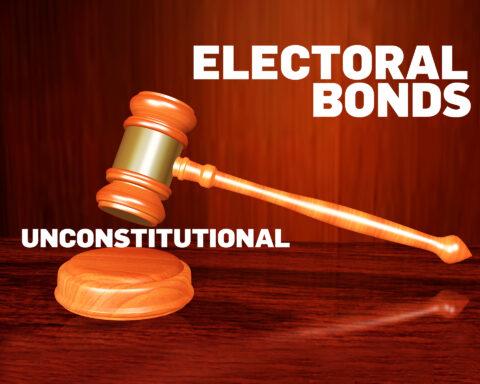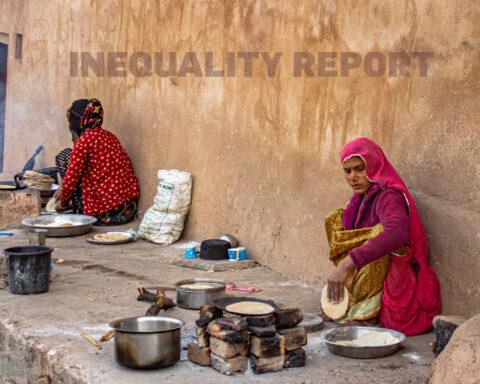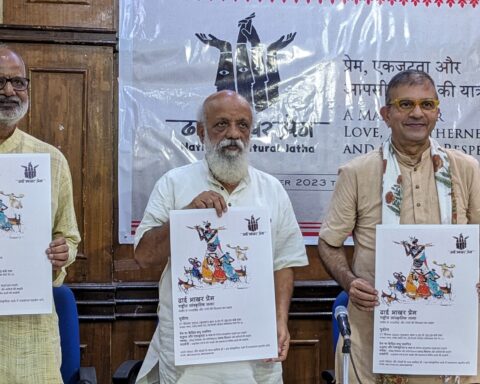Trump appears to be indicating that trade talks will eventually arrive at some compromise. While the contours of such a deal will emerge from hard conversations. The fundamental point is that the 50% tariffs imposed on India epitomized the extreme end of US administrative and economic action against India, in a long time. It reflects the linkages between the India-Russia relationship and attempted US pressure on India to give up its age-old links with Moscow. This analysis pays specific attention to the tariffs imposed on India by the US, and its economic fallout of several sectors of the Indian economy. The broad assessment is that overall impact on the economy is limited to certain sectors in the short term, a strategic impact may be felt if the same has persisted over a long time.
Tariff Exemptions
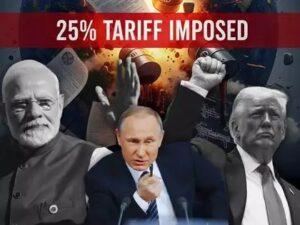
Pertinently, reciprocal tariffs of 25% were imposed by the US, w.e.f., 7 August 2025. Additional, secondary (Russian oil) tariffs were imposed w.e.f., 27 August 2025. Earlier, in March, the US had also threatened a 25% tariff on oil imported from Venezuela. Fortunately, this has not been put to effect, so far. Thus, a total of 50% tariffs were imposed on India, making it the highest that the US has imposed on any country.
However, there are twin exemptions granted. First, on those products listed in Annex II (as amended) to Exec. Order 14257; and second, on products subject to Section 232 tariffs. The first relates to exemptions granted to goods imported into the US, “as of 12:01 a.m. eastern daylight time on April 5, 2025”. Annex II of the Presidential Executive Order, gives a long list of items that are exempt including semi-conductors, rare earths and several chemical items. This is probably because the US requires these and is importing them from other countries.
Notably, Section 232 of the Trade Expansion Act 1962 which authorizes, the US President to impose tariffs on certain imports that could compromise national security. Exemptions under Article 232, include semi-conductors, pharmaceuticals, energy, certain minerals and lumbar articles. While exemptions remain, the fact that US government launched investigations into pharmaceuticals and semi-conductors in April 2025, indicates that a decision to remove these exemptions could come at any time.
At this stage, India would do well to wait for the judgement of the US Supreme Court on Trump tariffs. If the Court upholds earlier rulings and invalidates the tariffs regime, India’s negotiating posture will improve. The current hearing in the SC is on the power of the US President to impose such tariffs under the International Emergency Economic Powers Act.
Exports decline
The Micro, Medium & Small Enterprises (MSME) sector accounts for over 45% of India’s total exports, making it vulnerable to US tariffs. Limited customer diversification mainly concentrated in the US adds to the challenge. According to the Ministry of Commerce and Industry, India’s exports to the US saw a decline between May and September 2025, falling from US$ 38.7 billion to US$ 36.38 billion. Various sectors have been impacted by the tariffs, with reports showing sharp falls in shipments of solar panels, textiles, and marine products. Cumulatively, India’s exports to the US during April 2024-January 2025 grew by 8.95% to US$ 68.46 billion against US$ 62.84 billion in the same period previous fiscal.
Sector-specific Impact

According to Ajay Srivastava, President, Global Trade Research Initiative (GTRI), even sectors with zero tariffs — smartphones and pharma — suffered a deep fall − 47%, revealing supply-chain and demand shocks beyond tariff effects. Another sector, currently untouched by tariffs, smartphones, also felt the impact of tariffs. Exports collapsed by 58% according to Srivastava. Shipments plunged from US$ 2.29 billion in May, to US$ 0.88 in September, marking a U-turn after a 197% surge, a year earlier. Table 1 below gives a summary of the impact of tariffs as per category.
Table 1: Tariff category and their impact
| Tariff Category | Description | Share in Sep 2025 (%) | May (US$ bn) | Sep (US$ bn) | Growth (%) | Key Products |
| A | Tariff-Exempt Items | 32.7 | 3.4 | 1.8 | −47.1 | Smartphones, pharma, petroleum products |
| B | High Uniform Tariffs (All Countries) | 9.1 | 0.6 | 0.5 | −16.7 | Iron, steel, aluminum, copper, auto parts |
| C | 50% Tariff on India (Lower on Others) | 58.2 | 4.8 | 3.2 | −33.3 | Textiles, gems & jewellery, chemicals, agri-foods, machinery |
| Total | — | 100 | 8.8 | 5.5 | −37.5 | — |
Source: Note on impact of US Tariffs by Ajay Srivastava, GTRI Report 30 October 2025. Author would like to thank Ajay Srivastava for sharing a copy of this report.
Textiles & Apparel Industry: Currently, what is visible is that labor-intensive sectors are the ones that have been hit hardest. Exports of textiles, garments, and cotton yarn/fabric have fallen sharply. For example, Tirupur in Tamil Nadu, which exported Rs. 40,000 crores worth of goods in 2024-25, is today stagnant, as production has virtually come to a halt.

The Times of India quotes the owner of Suthariksha Apparels, who says that prior to tariff imposition, the company had exported one lakh garments to the US. Now, things have slowed down. He told the TOI (30 September 2025) that two months prior they had readied 30,000 pieces; these now remained unsold. An immediate impact has been lay-offs and associated with that, lowering the salaries of workers.
The other problem as identified by the Joint Secretary of the Embroidery Association in Tirupur, tariffs also mean reduced working hours. The focus on the US has been large volume of orders, making Tirupur a significant hub. The other factor responsible for the US focus, as stated by President of Tirupur Exporters and Manufacturers Association is that the demand is for the plain product without designs, thus simplifying production.

Gems and Jewelry: The sector has seen a significant slowdown in exports. The US is the largest importer of diamonds from India. In 2024-25, India exported diamonds worth ₹46,000 crore and studded gold jewelry worth ₹23,000 crore. Particularly, India’s diamond and jewelry sector has been hit. While the US has imposed a 50% import duty on India’s cut and polished diamonds, additionally, it has imposed a 50-57% duty on studded and non-studded jewelry, upsetting decades of well-set trade. India is the world’s largest exporter of cut and polished diamonds. Ajay Srivastava of GTRI recorded a 59.5% crash in exports from Surat and Mumbai, plummeting from US$ 500.2 million to US$ 202.8 million, as Thailand and Vietnam seized US orders for lab-grown and polished diamonds.
Moreover, India’s cut and polished diamond industry employs 8.2 lakh skilled workers. 1.7 lakh skilled workers affected by US tariffs, as per the Gems and Jewelry Export Promotion Council’s. The export of gems and jewelry to the US is the hardest hit, in September 2025, following the full impact of the 50 per cent tariff that took effect during the month. Shipments of pearls, precious, and semi-precious stones plunged 76.7 per cent during the month, while exports of gold and other precious metal jewelry dropped 71.1 per cent, disaggregated data released by the commerce department showed.
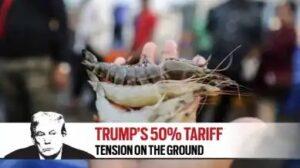
Marine products: Shrimp exports have taken a hard hit, driving down farm-gate prices and putting the industry at risk. Shrimp exports face an effective levy exceeding 50% when combined with existing duties. This fact was acknowledged by officials of the Union Ministry of Commerce in their submission to the Public Accounts Committee (PAC), chaired by senior Congress leader K.C. Venugopal. India is the world’s second-largest producer of shrimp – predominantly for export – after Ecuador. In the financial year ending in March 2025, it sent US$ 5 billion of frozen shrimp globally, with the US accounting for about 48% of its sales. India produces two commercial varieties of marine and freshwater shrimp, black tiger and Pacific Whiteleg, popularly known as Vannamei. Since the tariffs were announced, farm prices of shrimp have dropped from Rs. 300 (US$ 3.38) per kg to Rs. 230 (US$ 2.59) as farmers tried to offload whatever they had. With production costs at Rs. 275 (US$ 3.10) per kg, losses are mounting.

Leather goods: The leather industry faces severe setbacks, with some factories shutting down or relocating to countries with lower tariffs. Exports make up around 70% of India’s ₹56,000 crore leather industry revenue, with the US accounting for 22% and the EU over 50%. The new tariffs have already led to order cancellations and production shutdowns, particularly among small tanneries and units focused on the US market. Revenue and volume decline: CRISIL Ratings forecasts a 10-12% revenue decline for the Indian leather industry, with export volume potentially dropping 13-14%.
Apart from this, tariffs have led to order cancellations and factory shutdowns, particularly affecting smaller tanneries. The other attendant challenge is that Indian leather goods have become more expensive compared to those from competitors like Vietnam, China, Indonesia, Bangladesh, and Mexico, which have lower tariffs. Finally, the leather industry is facing significant supply-chain disruptions, with production stoppages resulting in a growing backlog of materials at supplier facilities.
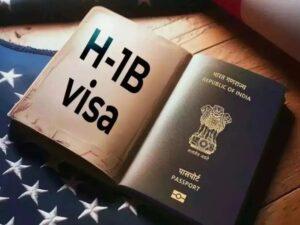
IT sector: Skilled Indian professionals already grappling with the newly imposed US$ 100,000 H-1B visa fees may soon face another setback if the United States passes a new law targeting outsourcing. The proposed Halting International Relocation of Employment (HIRE) Act 2025 seeks to impose a 25 per cent tax on American companies that pay foreign workers for services used within the US, a move that could sharply curb demand for Indian talent. If US companies are taxed at 25%, the incentive to hire Indian workers will be curbed drastically. While HIRE does not amend visa rules, the prevailing sentiment appears to be for hiring of domestic workers. IT sector which obtains most of its revenue from the US will be impacted, as they would lose their competitive edge over US firms, if HIRE is implemented.
The US remains the biggest source of income for India’s top IT firms, including Tata Consultancy Services (TCS), Infosys, and Wipro. The HIRE Act, if passed, could dent profitability and reduce new contracts for these companies, which depend heavily on US clients for software development, data management, and customer support.
The threat comes on the heels of steep hikes in H-1B visa fees, already seen as a barrier to skilled migration. US Commerce Secretary Howard Lutnick recently called the visa programme “a massive scam,” signalling the administration’s growing protectionist stance. India dominates US IT outsourcing and the country’s software services export stood at over $205 billion in FY24. There may be an indirect impact from slower GDP growth due to higher tariffs despite potentially lower rates in the future.
Conclusions
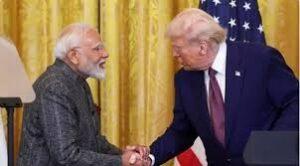
With President Trump having announced publicly on several occasions that trade negotiations are going well and that a deal will be arrived soon, trade talks appear to be headed in the right direction. However, India’s position as indicated by Minister Piyush Goyal is that a deal will be arrived at when the conditions for a equitable and fair deal are arrived at. This means that some parts of the deal, perhaps relating to some sectors has been done, while in areas like agriculture and pharmaceuticals, there may still be hitches.
India’s reported reduction in the import of Russian crude indicates a softening of its position and will help the trade talks, but this should not lead to a zero-import total like it happened in the case of Iran under the threat of US sanctions. Then New Delhi will be left with no bargaining position. That is the lesson learnt for the future.




